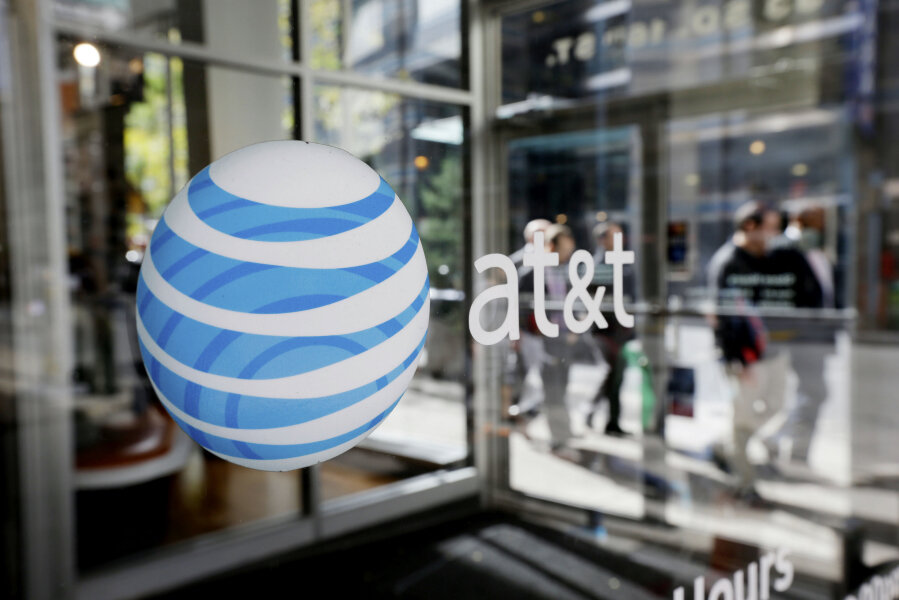AT&T's 'smart cities' will digitize urban life. Will that make cities safer?
Loading...
During a particularly cold winter, snowmelt finds its way into a small crack in a road, then re-freezes beneath the asphalt. The ice expands, heaving upward and eroding the stone base beneath the pavement. Eventually, this freeze-thaw cycle weakens the road so much that the surface crumbles and collapses, leaving a pothole.
At that point, sensors embedded in the pavement detect the pothole and send an alert to a central computer server, which automatically prioritizes the repair based on the estimated disruption the pothole will cause to traffic if left unpatched. A maintenance crew is dispatched later that day to fill the pothole and re-surface that section of the road.
That’s just one example of how a “smart city” could use technology to improve municipal services. At CES 2016 in Las Vegas on Tuesday, AT&T announced that it has partnered with seven tech companies ranging from Intel to Qualcomm to begin making Dallas, Atlanta, and Chicago into smart cities using sensors to monitor traffic, power usage, parking spaces, traffic lights, and more.
The concept of a smart city has been around for at least 10 years, but as the price of sensors has plummeted and city inhabitants have begun carrying Internet-connected smartphones on them more or less constantly, companies and governments have been able to use these technologies to make cities run more efficiently.
Imagine a stoplight that turns green before your car gets there, because the road knows that there are no cars on the cross street at that moment. Or open parking spaces that broadcast their availability, allowing your car’s GPS to routing you to the closest one.
AT&T didn’t announce a time frame for its smart cities projects at CES, but it says that the technologies could reduce the burden on city employees by automatically monitoring infrastructure such as bridges, roads, and electric meters. Smart cities could also be safer for residents: the sensors could provide early information about the location of natural disasters or violent crimes, allowing first responders to pinpoint where their services are needed.
Consulting firm Frost & Sullivan estimated last year that the smart city market could be worth more than $1.5 trillion by 2020, as sensors and communications grids are installed and upgraded. AT&T wants to provide not only wireless and wired networks for smart services to run on, but also infrastructure for connected cars and buildings, according to an interview that AT&T Mobility CEO Glenn Lurie gave to Re/code.
Of course, there's a divide between simply having technology and using it effectively. City officials will need to work closely with tech companies and each other to intelligently monitor these new sensors and act of what they find.






